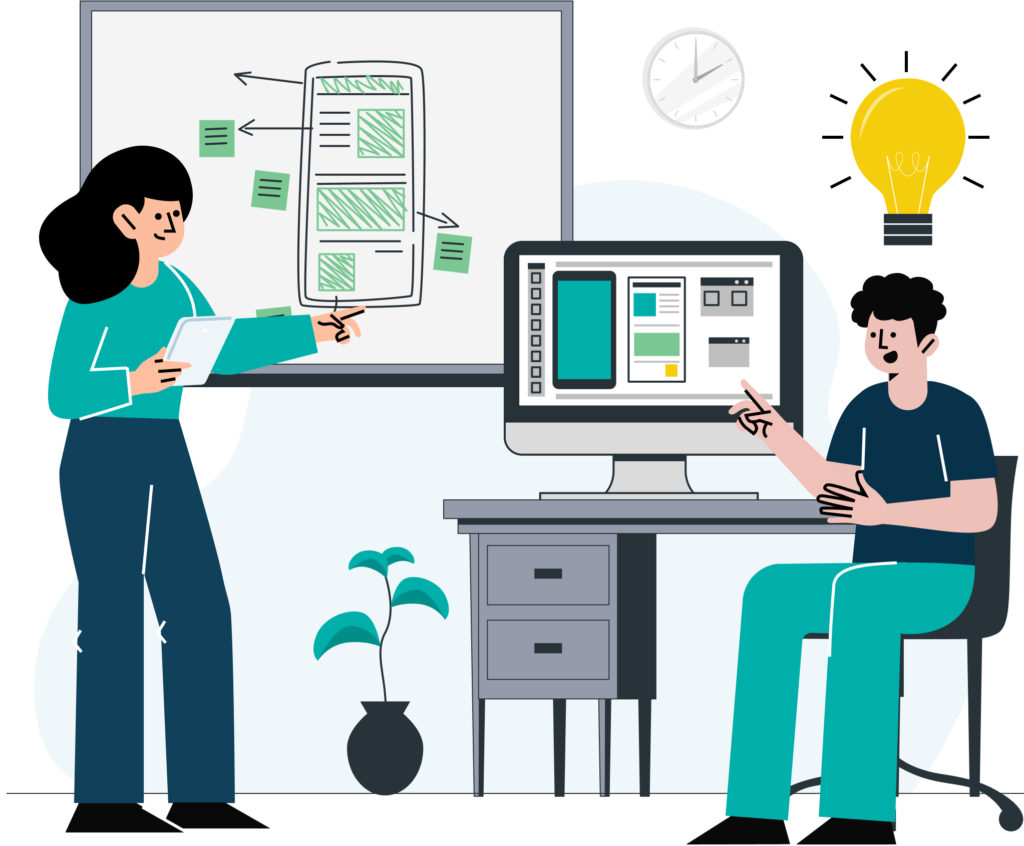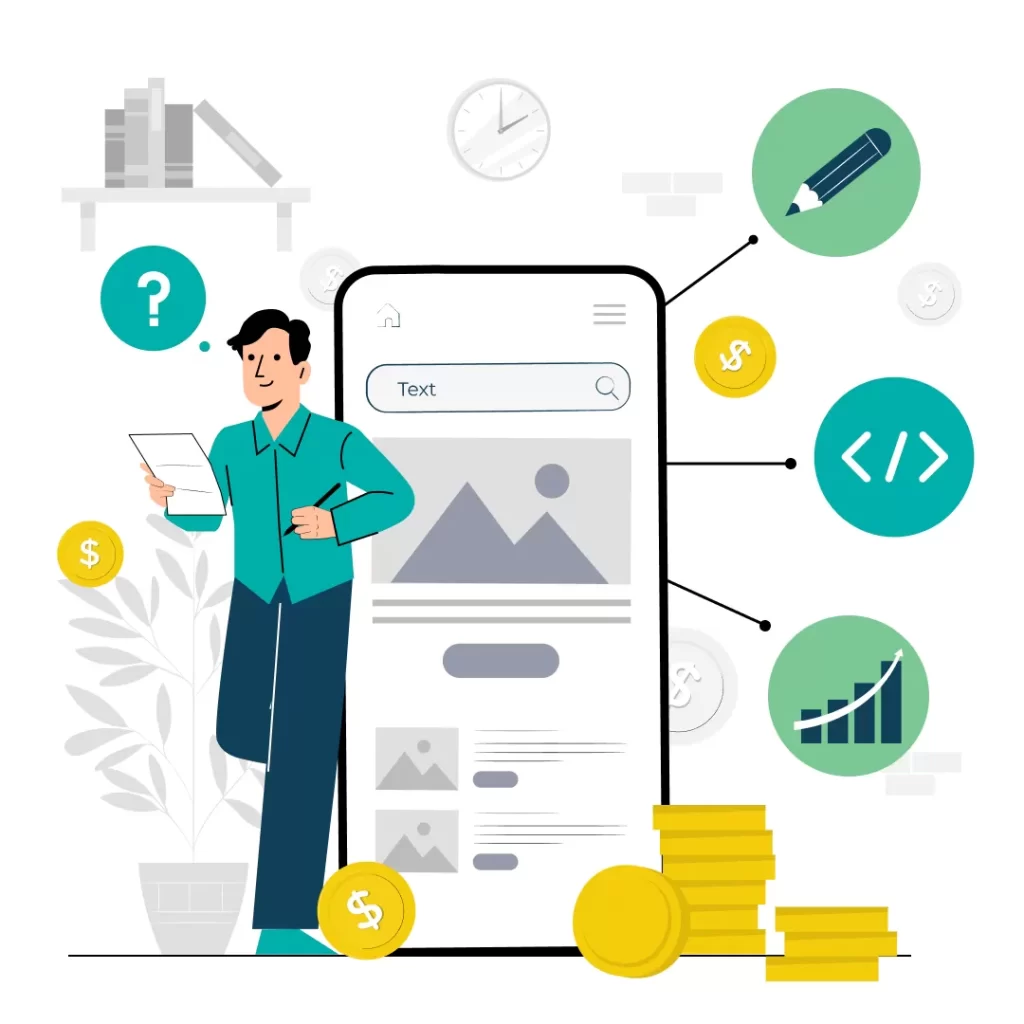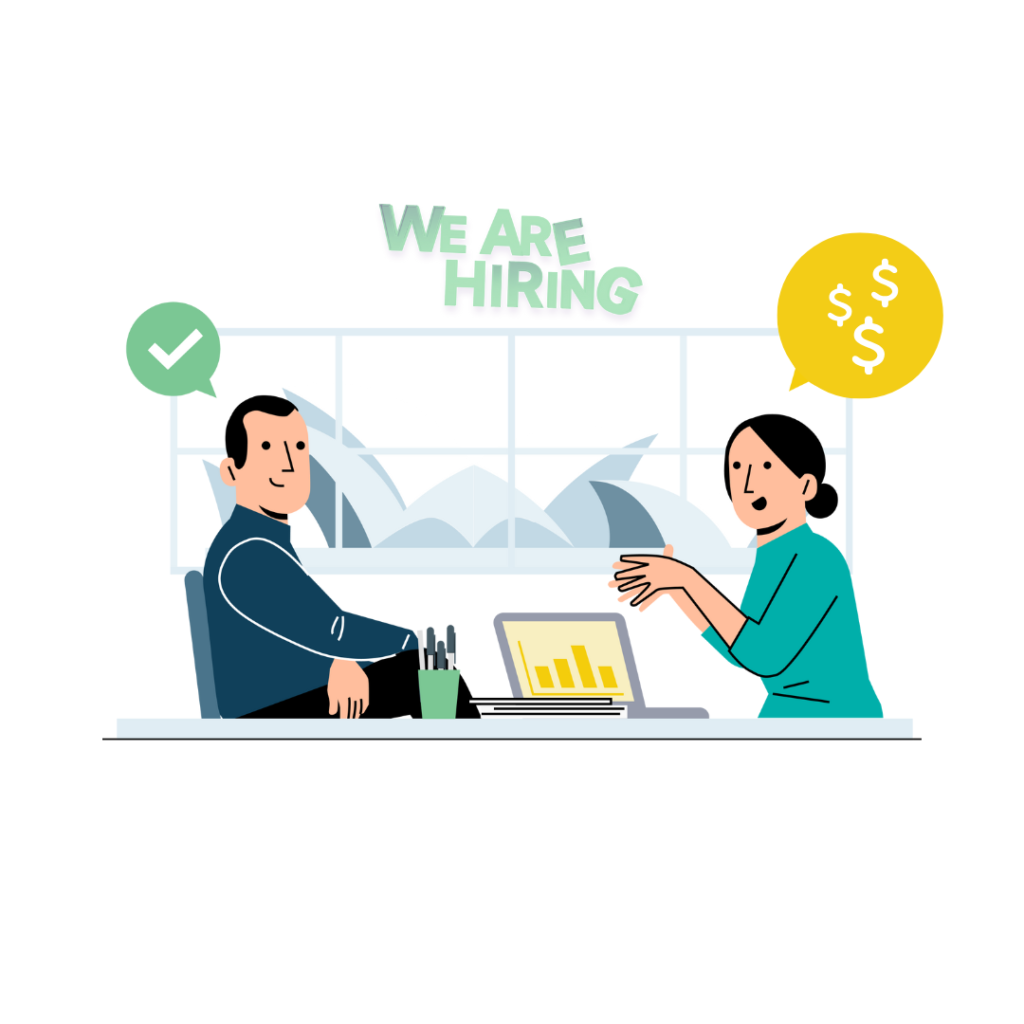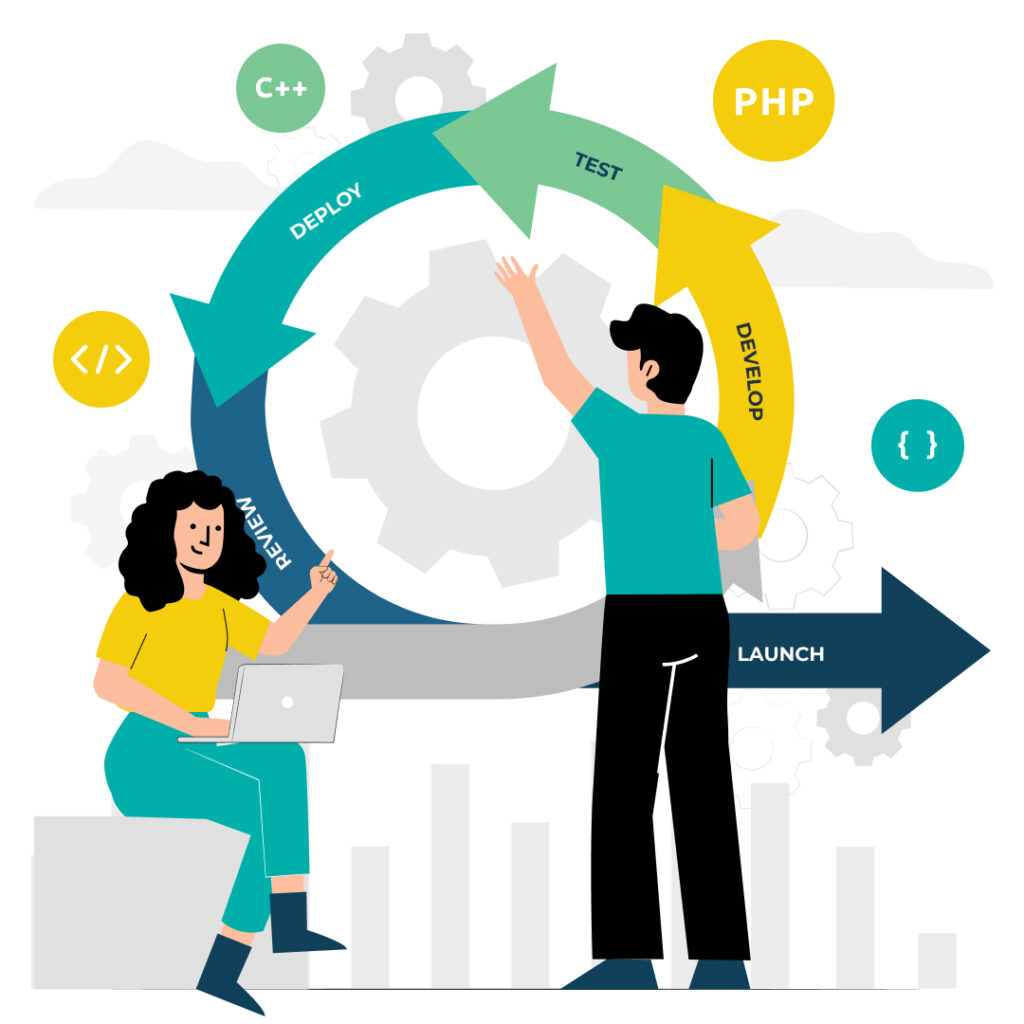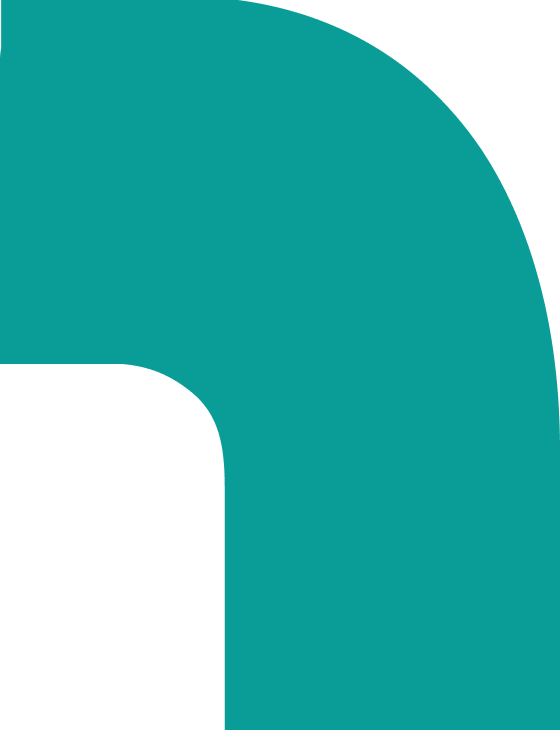The Importance of Intellectual Property Ownership in Digital Products
Digital products are now becoming more of a staple for people all around the world and as such, it is very important to understand the very basic element existing in a digital product; Intellectual Property Ownership.
It is no longer a surprise that technology has indeed successfully reshaped the way people see and do things. News portal, instant messaging, and social media are things that you must have at least experienced first-hand. Whether your choice for using all the things mentioned is business-related or personal, these are practically essentials in this day and age.

So, “why exactly does “Intellectual Property Ownership” matter?”, I hear you ask.
Well, to start it off, the knowledge of “Intellectual Property Ownership” will change the way you see application software all around. In short, you can be more aware of which application software is actually trustworthy. You can also then start to feel more appreciation for “creations” that have been made by people; in this very case, the digital product that is application software.
There are also applications that aren’t made quite officially by an established provider/software house well-known as Mods. The Mod itself is short for “Modification”. In essence, Mods can help you unlock premium features of a software application without your having to actually pay for them. Sounds good? Well, all that glitters is not always necessarily gold and that very saying holds true to Mods as they can really compromise the safety of your data.
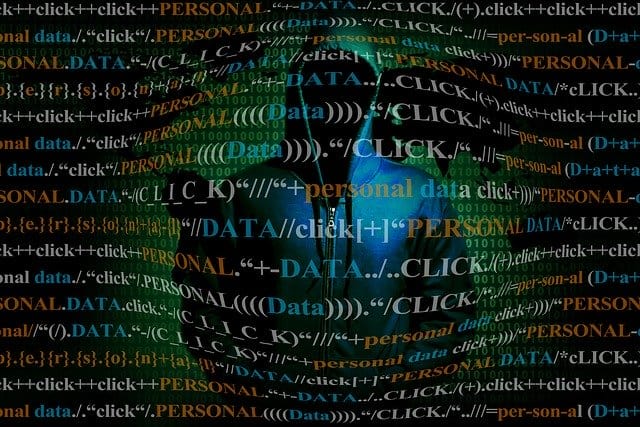
Now, to stop this ball of possible confusion from getting bigger, let’s touch on the root of the issue.
What is Property Ownership in a Digital Product?
Intellectual Property Ownership (IPO) isn’t quite a novel terminology. However, in the digital world, only about a scant number knows what exactly this is and how important this really is. With every passing hour, the rate of digital product consumption all around the world, and especially in Indonesia, is getting higher and higher, so this knowledge should be well-socialized.
Intellectual Property Ownership in a Digital Product
In order to understand the use of Intellectual Property Ownership in a digital product, we must first address the term “Intellectual Property Ownership” itself. According to the World Intellectual Property Organization (WIPO), an Intellectual Property is any form of work made by an individual/group; such as a literary work or a piece of painting, to names and symbols used in commerce.
Now that we’ve got that out of the way, let’s talk about Intellectual Property. There are six types of Intellectual Property:
- Patent
- Trade Secret
- Trademark
- Industrial Design
- Geographical Indications
- Watermarks
We’ll now peel each of these off one by one.
Patent
A patent is an exclusive right given to an invention; such as a product, or a formula. The inventor normally will be given a patent that lasts for 20 years. Yup, it’s not quite a “forever and ever” case.
The word “Patent” might not be that much of a stranger to you; especially if you’re a tech-junkie. If you indeed are one, you must be familiar with the case of Apple v Samsung. We’ll have a closer look into this case for a little bit.
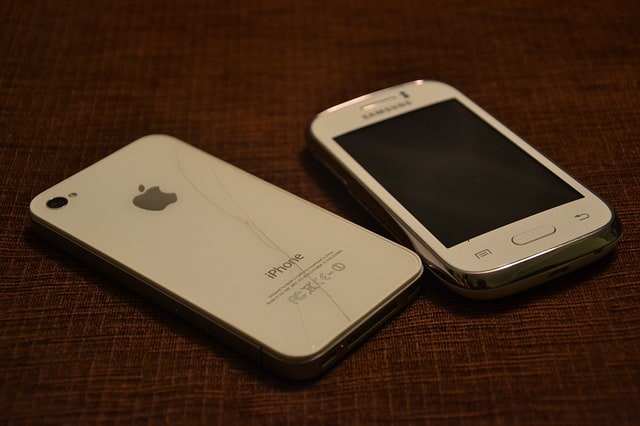
In 2011, Apple filed a patent infringement lawsuit against Samsung. According to Apple, Samsung had infringed the patent of the design, as well as the utility. Apple demanded Samsung to pay 1 billion dollars for the infringement.
However, we’re not going to talk about this case’s every nook and cranny in this article. The above case just goes to show the very importance of Intellectual Property Ownership in a Digital Product.
To cut things short, Samsung was allegedly using Apple’s inventions without their consent; namely, the design and utility patent of a smartphone.
So then, how do you get the patent for your inventions?
- Archive your data
Every idea that comes out at the top of your head must derive from wanting to solve a specific problem. So, it is very important for you to get this well-documented. You will also have to make sure that you document every test and failure that occurs. Witnesses also play a key role in legitimizing that your invention is indeed coming from your very own thoughts and not an act of plagiarism.
- Ensure your inventions fulfill Patent qualifications
This is pretty much what you need to pay really close attention to; making sure that your inventions actually qualify for a Patent. Yup, there are plenty of things to note here. So, check out this article written by NOLO to get to know more about this.
- Estimate the commercial potential of your inventions
Acquiring a Patent is an investment; and a very worthwhile one. How so? Well, in order to qualify, you will need to pay quite a sum of money. It can be hundreds to thousands of dollars.
Once you’ve acquired this, you will have the right to commercialize or give commercial licenses to other parties that would like to use your legitimate inventions. Just a friendly reminder, you have 20 years before your Patent expires. Two decades might fly quite quickly, but two decades of passive income is surely not a chance to pass up!
- Perform thorough research of your invention
It can hurt knowing that your invention isn’t quite an invention. What does that mean? Well, someone might have already patented the very invention that you have been working on for the past couple of years or so! They might then sue you for using something that “resembles” their invention and the bad thing is, they have the right to. That is definitely the last thing that anyone would want to have in their wishlist.
- Prepare your Patent application through USPTO
Generally, what is required to be filled in on a Patent application form are the name of the invention and the technicalities of your invention. Make sure that the background and the description of your invention are written in detail. You will also need to put in the names of the parties that can be involved in the reproduction of the invention.
There are two things to note when it comes to Patent application:
– PPA (Provisional Patent Application)
– RPA (Regular Patent Application)
PPA is used basically to signal that you are indeed intent to patent an innovation and ready to submit an RPA soon. This is a good way to secure the patent of your innovation, so that when it comes to a dispute, if you have submitted the PPA, let’s say, 2 months prior to the contender’s, then you are guaranteed to win. One thing to note, PPA expires in one year, so, once you’ve submitted the PPA, make sure that you submit the RPA very soon.
Trade Secret

Trade Secret is an Intellectual Property that has the potential of being commercialized. Not all information can be categorized as Trade Secret. There are a couple of things that are important to note here:
– The information has to be advertisable
– The information must only be known by a select few
– The information must be set as confidential and made sure that a Confidentiality Agreement is signed to business partners and also those that work on the information
What kind of information can be protected using Trade Secret?
Generally, Trade Secret is able to protect information that can give a competitive advantage. One example would be an application software’s user database. Facebook, as one of the biggest IT companies in the world, has a database of billions of users. Using the database, Facebook can offer advertising systems that can truly benefit other companies.
Now, Facebook databases are one piece of information that can be protected using Trade Secret.
Trademark
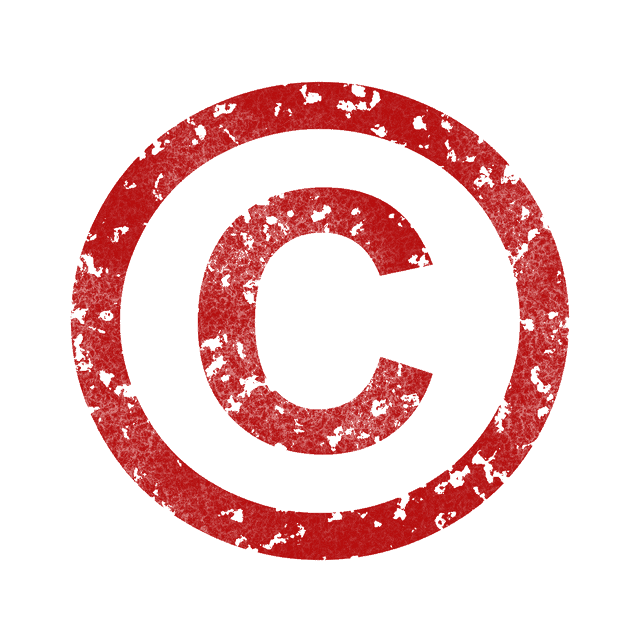
Trademark is a form of “unique ID” of a product. A “Logo” is one of the simplest examples that we can use here. Now, you can’t just use that very recognizable checklist mark of Nike because, well, it’s Trademarked. If you were to use this Logo without Nike’s consent, yeah, you’re kind of asking for a bad time.
Have you made a product and created its Logo? Don’t forget to trademark it!
In Indonesia, you can trademark your products by contacting HKI Indonesia. You’ll find a lot more information through HKI website. Here’s the link.
In International level, there are two ways that you can sign up for a trademark. First things first, you will need to register your logo to every country that you’re targeting; one by one. Secondly, you can then sign your brand to WIPO Madrid System.
So, I’ve obtained my Trademark. What’s in it for me now?
First and foremost, you have successfully secured your logo and your brand. Second, if the demand for your trademarked logo has skyrocketed, you can then create a license for others to purchase and use. This is a common occurrence in brand collaboration.
Industrial Design
If Trademarks are related to brand names, Industrial Design is more to the aesthetics of your products. Industrial designs can be in 3D, one example is product packaging. It can also be in 2D, Coca Cola’s red colour and Shopee’s orange colour are some of the examples.

Once you have registered the industrial design of your product and successfully acquired the patent of your design, there are plenty of special rights that you can get:
– Protection from those that try to use your design without your consent
– Protection from those that try to produce, sell, or import products that are similar to your design
– Rights to commercialize your design
With all these benefits, you will need to be much, much more vigilant. This right is only applicable to countries that you put in a couple of steps above. So, if you see a product that very closely resembles your product, but you do not register your patent to that country, well, you might as well let it go.
Now, when it comes to digital products such as application software, or mobile apps, there are two important elements that can be signed up. The Graphical User Interface (GUI), and the Logo.
Geographical Indications
Geographical Indications in an Intellectual Property is a type of right that can be given to a product coming from a specific location. One example is Gruyere Cheese from Switzerland. This cheese can only be produced using cow’s milk that is only available in some parts of Switzerland. The making process and quality control are also only able to be performed specifically in Switzerland. Therefore, you can’t just name the cheese that you made yourself a Gruyere Cheese, because, well, you’ll be in trouble.
Normally, products that have Geographical Indications will also have their own distinct logo or signature that is very hard to replicate. So, you can easily tell which one is real, and which one is an imitation.
Now, what kind of products can have this Geographical Indication?
– Agricultural Products
– Foodstuffs
– Wines
– Spirit Beverages
– Handicrafts
– Industrial Products
Unfortunately, digital products such as application software or mobile apps are not on the list. But, hey, this can just be your chance to make a marketplace or an e-Commerce app that can help people find these original products that have Geographical Indications!
There are a couple of approaches that you can use in order to receive the protection of Geographical Indication:
– Copyright Regime
– Product Certification
– Business Practice Method; including its Administration and Quality Control
Watermark
Have you ever uploaded a picture online, only to have it stolen and used without your consent? Watermarking will help you solve that problem. Not only will a Watermark help secure your pictures you share online, but also documents, proposals, and many more!
Importance of Intellectual Property Ownership in a Digital Product
Now that we have covered the types of Intellectual Property, we will now talk about elements of websites that can be a part of Intellectual Property Ownership in a digital product:
E-Commerce System, Search Engine, or Other Technical Internet Tools
Developing a system can be rocket science. Starting from the Software Flow to a user-friendly UI in order to secure a good UX, are all the challenges that software developers need to tackle. As you might imagine, it takes time to invent and perfect a new system, most especially if we’re talking about User Experience (UX). Software developers will also need to address and understand the fragility of software systems. That fragility comes in a form of replication.
One way to protect the software system from people who try to replicate their system is by registering their system and patent the utility of their system.
HTML
Web-based software is no stranger to HTML. If you were to develop a software without the “replica” of other HTML systems, a.k.a, self-made, you will have all the copyright of the digital product that you are developing. However, you will need to make sure that the digital product that you’re currently developing has fulfilled the terms and conditions. If you’d like to know more about Intellectual Property Ownership, click here!
Website Design
Website Design is the most crucial element of a website as it practically shows the identity of the website. Starting from the colour palette, the illustration, to the UI; these are all part of Website Design. If the website design is able to be very relatable to a user, they can easily notice the brand of the website without even looking up the name or any sort of information related to that website. Let’s just take Google Search, Facebook, or Instagram as an example.
In order to protect all of this, you will need to, yes, register your website design in order to get the patent. This is to ensure that no one else can use or imitate your website design.
Content
Contents are digital assets and they come in many forms. They can be articles, pictures, taglines, slogans, and many more. Websites or apps surely will need content. Let’s take mojok.co a look. This website hosts many articles with cutesy art complementing their articles. If these are not protected, well, websites such as mojok.co will lose its appeal and naturally, the competitive advantage will be lost.
So, yes, it is very important to register your contents in order to get the copyright of your very own work.
Database
I’m sure you’ve heard the saying “Data is the new oil”. Yes, when data is very much sought for by many, a database is the treasure chest. This is undeniably the reason why Facebook and Google are ruling the online world. With billions of users registered to their applications, billions of data are acquired, and Facebook and Google can definitely reap the benefits of this. They can share this database with companies that would like to use their platform to advertise. Facebook with Facebook Ads, and Google with, you guessed it, Google Ads. Imagine if their database is stolen, lost, or duplicated! Disaster! This is why databases must always be protected by law through the Patent.
Business names, logos, product names
The dispute over business names, logos, and product names is more common than it really should be. However, with this in mind, you are now much more aware of why you should really ensure that your business names, its products, as well as its logos are patented. Most especially if your company is a start-up company. Investors really do pay good attention to this, so yes, please put a Patent license as the priority of your business.
Hidden Aspects
Are you familiar with Source Code? Source Code is a list of commands and statements written by programmers/developers using a programming language. Algorithms in a software application is one example. For the uninitiated, Source Code is very meticulously written and well-hidden. Only a handful of people can gain access to the Source Code of software. This is why it makes perfect sense to register the Source Code as a Trade Secret.
Ensure Intellectual Property Ownership of Digital Products when using Software House Services
The truth of the matter is, not everyone can build digital products all by themselves. Even huge IT companies still need the help of Software Houses in developing their digital products. Why so? This is so that the Founders of these companies can focus on business strategies. That being said, picking the right Software House remains as the highest priority. Don’t get swayed by the cheap and cheerful price a Software House offers, as you might just be risking the Intellectual Property Ownership of your digital products.
So, what steps can you take to ensure that you don’t fall into the trap of questionable Software Houses?
Signing up an NDA (Non-Disclosure Agreement)

A Non-Disclosure Agreement is a legally binding statement letter that ensures confidentiality. Information that has been disclosed in this statement will only be able to be shared with the people involved and mentioned in the letter. If you’ve ever read an article about how to lead your Start-up business to success, then you should be well-aware of this already. 🙂
Choosing Software Houses with Good Integrity

Many software houses offer a suspiciously cheap price for digital product development. The fact is, developing a digital product and exchanging Intellectual Property Ownership of a digital product to the client is quite costly. Especially for software that has higher complexity. How so? Well, developers will need to ensure the Database, Source Code, and the Design are all on the right track. Yes, you are not only paying for the digital product, but also the Intellectual Property Ownership.
You will then have the right to commercialize these digital products once the development process is done and put live. Software Houses then will no longer have the right for the data and the digital asset in the said software. So, this is something that you must keep in mind when you’re purchasing something off of a Software House.
Make sure that you choose a Software House that not only gives you access to the application but also actually lets you have the right of the Source Code, all the way to the Database.
Don’t you worry now. We here at SoftwareSeni have you covered.
Paying attention to SOW
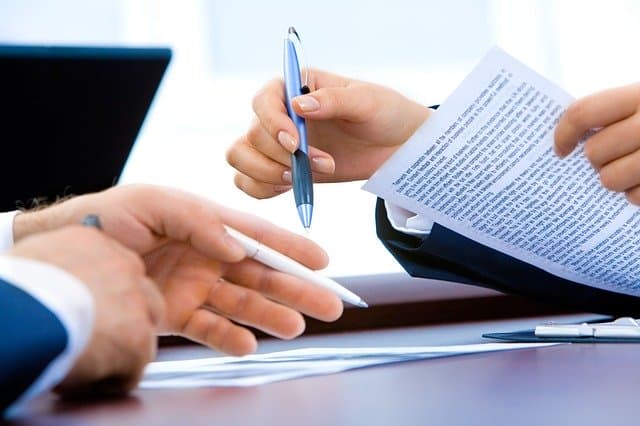
Your job is not quite done just because you’ve found the right Software House. Your next job is to read very thoroughly the Statement of Work that the Software House offers. Professional Software Houses will transparently state the scope that they will be working on when developing your project in the Statement of Work. They will also include the scope that they will not be working on, to prevent further confusion in the future.
Software development is a sustainable project. This is pretty much why Software Houses limit their scope. Normally, Software Houses will work on the project until it is done and fully optimized. However, if you would like for the Software House to keep working on the project, there will be another agreement that will need to be signed up.
So, it cannot be stressed enough that paying attention to the Statement of Work is very, very important.
Warranty

Making a digital product with the help of Software House is not cheap labor. It’s just like purchasing a piece of art. Professional Software Houses will give you a 1-month warranty for all its clients. This is to ensure that the software doesn’t only work properly, but also well-optimized.
Project Documentation

Of all the points stated above, this might be the last in the list but surely is the top priority. When you’ve decided that you would like to use the help of a Software House to develop your digital product, you will need to well-document the journey. All the details of the software development must be archived for further reference. From the asset, all the way to the source code. If your chosen Software House doesn’t let you in on that information, then it’s time to bail out.
CONCLUSION
With the steady increase in the consumption of digital products, especially in Indonesia, it is now time for you to understand the importance of Intellectual Property Ownership. You must understand that you are not merely a consumer of a digital product, but you are also an asset. The pictures you take, the drawings you make, they are all valuable.
There are 6 types of Intellectual Property Ownership in a Digital Product. They are Patent, Trade Secret, Trademark, Industrial Design, Geographical Indications, and Watermark. There are also elements that can be registered as Intellectual Property. They are e-Commerce systems, Search Engine, or other technical internet tools, HTML, Website Design, Contents, Database, Business Names, Logos, Product Names, and “Hidden Aspects”.
Now that those are cleared up and you’ve decided to develop a digital product with the help of a Software House, what do you need to ensure the safety of the Intellectual Property Ownership of your digital product? The first step is signing up for a Non-Disclosure Agreement, once that’s done, you are then to find a trustworthy Software House. How can you tell whether the Software House is trustworthy or not? Have a read on our article here.
The next step now is to thoroughly read the Statement of Work offered by the Software House. After that, make sure that the Software House you will be working with gives you a warranty. Last but never the least, is documenting the journey. The content of this document is very, very important in software development as it contains the asset of the software, all the way to the Source Code. Beware of Software Houses that are not willing to share you this last but very important point.
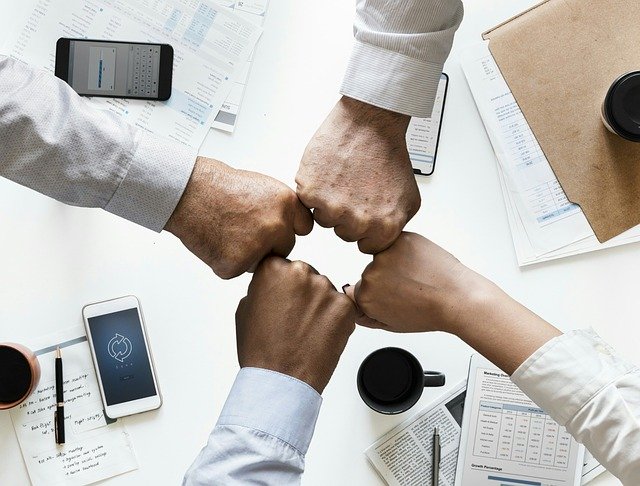
Now that you have at least gained a bit of knowledge about Intellectual Property Ownership, hopefully, you are much more aware and excited about making or expanding your digital products! We here at SoftwareSeni will always be ready to help you out in turning your digital product dreams into reality!



